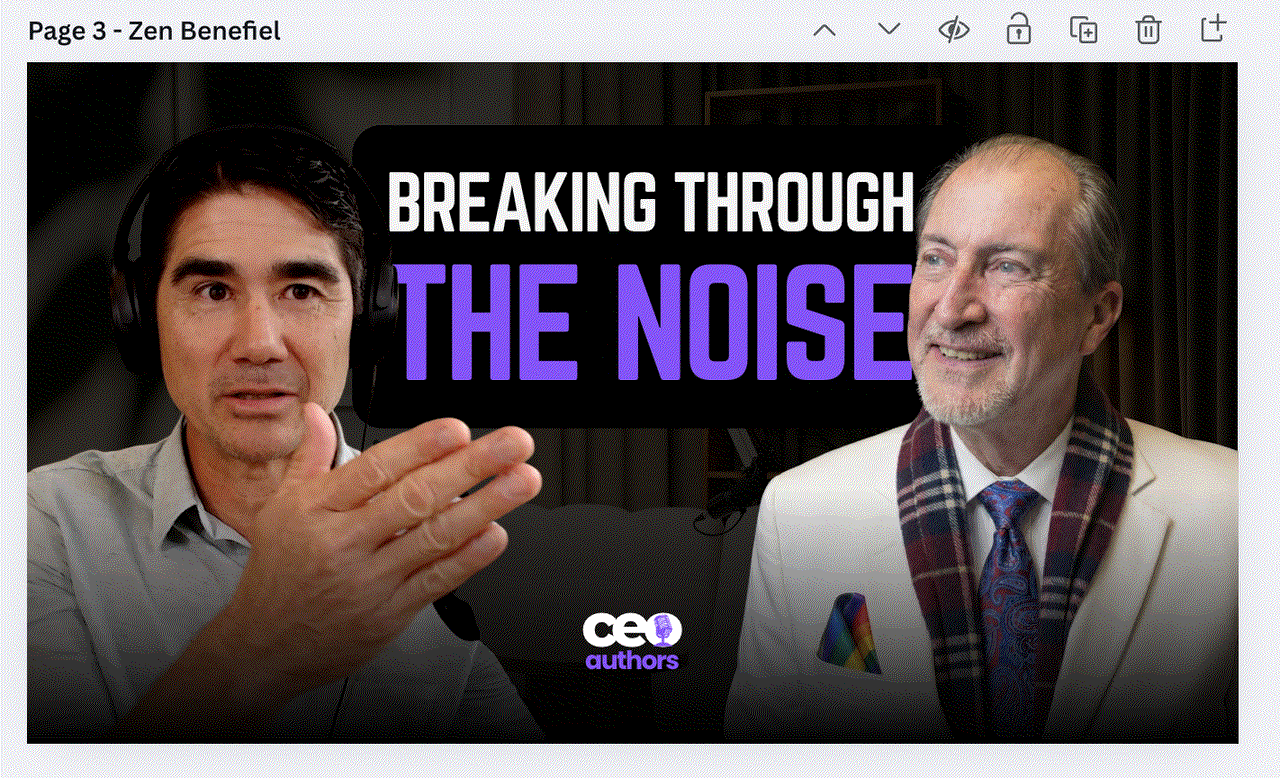
Every story has 3 main parts:
The beginning, the middle and of course, the end. When using storytelling to further your outreach, your story needs to cover all the bases, which means you’ll begin by:
Step 1: Setting the Stage
In the first part of your storytelling campaign, you’re essentially laying the foundation for your story arc. You’re setting the scene.
In phase 1, you’re outlining the conflicts that your audience is suffering with. In other words, you’re acknowledging the problems that they need help with and clarifying your brand message to demonstrate you understand your market and what they’re struggling with.
This is an important step because it will set the tone for your entire campaign and help connect your brand with its audience.
Step 2: Providing a Solution
In the second part of your storytelling campaign, you’re offering your audience with a solution to the problems outlined in step one.
You’re connecting with your market by being personal, engaging them directly with your content and demonstrating to them that you understand what they need and can give it to them.
Step 3: Call to Action
At the end of every great romance book, the hero and heroine ride off in the sunset, finally at the point of finding their happily ever after. In market-based storytelling, you’re prompting your customers to click that buy button, subscribe to your channel, or follow your brand so they can achieve that same happily ever after.
This is the point where they need to make a decision to move forward, to set themselves on the path towards reaching their goals with your help and guidance.
The anatomy of every successful stories always includes these three crucial steps. Launching a storytelling campaign with hard-sell or an aggressive approach that bypasses step one and two will result in turning away many customers who would otherwise fall in love with your brand.
You need to romance them throughout your campaigns. This begins by explaining that you understand their issues, providing a solution to that conflict, and then prompting them to take action so they can experience the rewards.
By Avdhesh Kumbhar
Keywords: Business Strategy, Marketing, Startups

 Glimpses of Agentic Intelligence: Gemini-3-Flash Navigating Mock ARC-AGI-3 Grid Worlds
Glimpses of Agentic Intelligence: Gemini-3-Flash Navigating Mock ARC-AGI-3 Grid Worlds Leadership Vacancies are Predictable. The Costs of Being Unprepared.
Leadership Vacancies are Predictable. The Costs of Being Unprepared. The Power of Self-Love: Insights from Karl Taft and Zen Benefiel
The Power of Self-Love: Insights from Karl Taft and Zen Benefiel Every Role Is a Sustainability Role
Every Role Is a Sustainability Role The Corix Partners Friday Reading List - December 26, 2025
The Corix Partners Friday Reading List - December 26, 2025